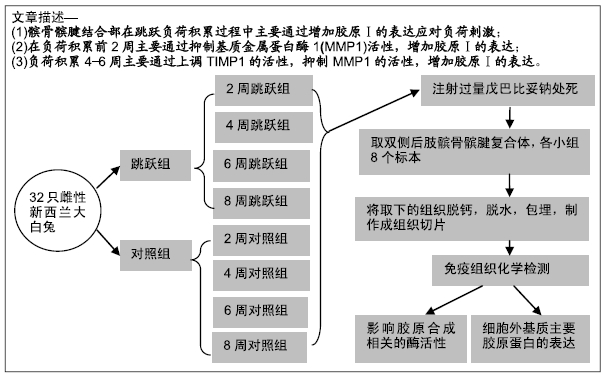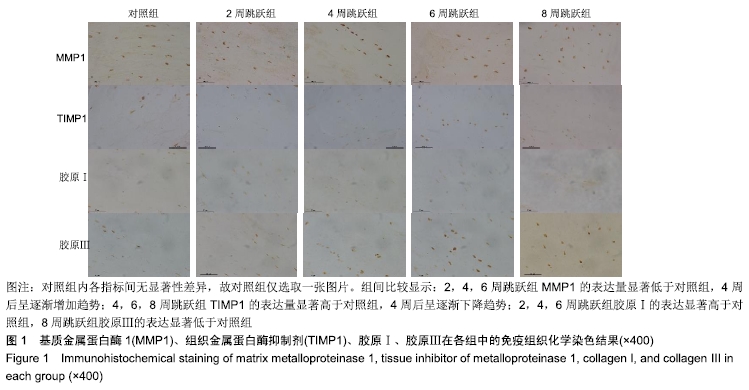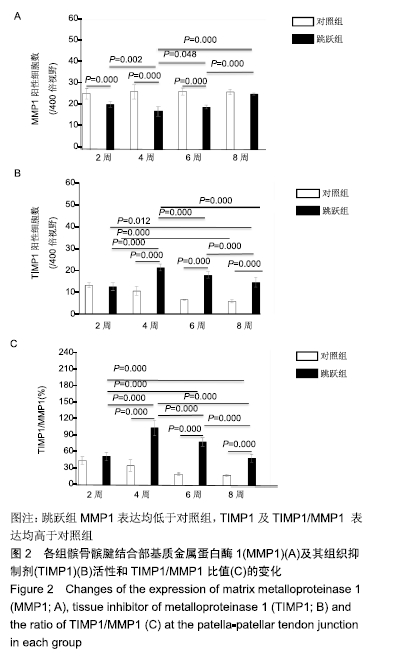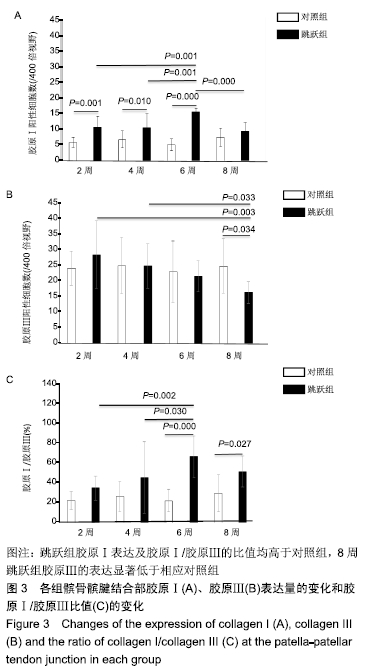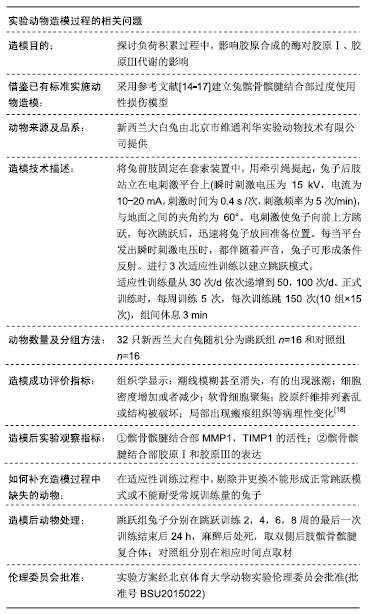[1] AICALE R, TARANTINO D, MAFFULLI N. Overuse injuries in sport: a comprehensive overview. J Orthop Surg Res.2018;13(1): 309.
[2] DE VRIES AJ, VAN DER WORP H, DIERCKS RL, et al. Risk factors for patellar tendinopathy in volleyball and basketball players: A survey-based prospective cohort study.Scand J Med Sci Sports.2015; 25(5): 678-684.
[3] VAN DER WORP H, DE POEL HJ, DIERCKS RL, et al. Jumper's knee or lander's knee? A systematic review of the relation between jump biomechanics and patellar tendinopathy.Int J Sports Med. 2014;35(8): 714-722.
[4] MCCARTHY MM, VOOS JE, NGUYEN JT, et al. Injury profile in elite female basketball athletes at the Women's National Basketball Association combine.Am J Sports Med. 2013;41(3):645-651.
[5] JANSSEN I, STEELE JR, MUNRO BJ, et al. Previously identified patellar tendinopathy risk factors differ between elite and sub-elite volleyball players.Scand J Med Sci Sports. 2015;25(3):308-314.
[6] 刘春雨,韩小燕,王琳. 腱病相关概念与机制的争论[J].中国组织工程研究, 2020,24(2): 282-288.
[7] KJAER M, LANGBERG H, HEINEMEIER K, et al. From mechanical loading to collagen synthesis, structural changes and function in human tendon.Scand J Med Sci Sports.2009;19(4): 500-510.
[8] DAVIS ME, GUMUCIO JP, SUGG KB, et al. MMP inhibition as a potential method to augment the healing of skeletal muscle and tendon extracellular matrix.J Appl Physiol (1985). 2013;115(6):884-891.
[9] THORPE CT, CHAUDHRY S, LEI II, et al. Tendon overload results in alterations in cell shape and increased markers of inflammation and matrix degradation.Scand J Med Sci Sports. 2015;25(4):e381-e391.
[10] KJAER M, BAYER ML, ELIASSON P, et al. What is the impact of inflammation on the critical interplay between mechanical signaling and biochemical changes in tendon matrix?.J Appl Physiol (1985). 2013;115(6):879-883.
[11] LEE DE, TROWBRIDGE RM, AYOUB NT, et al. High-mobility Group Box Protein-1, Matrix Metalloproteinases, and Vitamin D in Keloids and Hypertrophic Scars.Plast Reconstr Surg Glob Open.2015;3(6): e425.
[12] GAUT L,DUPREZ D. Tendon development and diseases.Wiley Interdiscip Rev Dev Biol. 2016;5(1):5-23.
[13] 刘春雨,韩小燕,王琳.末端病与细胞外基质:骨腱结合部重要蛋白及酶类的关系尚需深入研究[J].中国组织工程研究, 2016,20(15): 2265-2272.
[14] 宋晓君,王琳.电击跳跃法建立动物模型的研究进展[J].福建体育科技, 2013,32(4): 28-30.
[15] 宋晓君.定量调控实验装置及兔跳跃运动模型的建立[D].北京:北京体育大学, 2014.
[16] 梁孝天.抗炎干预对兔髌腱及止点结构及细胞因子变化的影响[D]. 北京:北京体育大学, 2017.
[17] 刘海涛. 跳跃负荷致髌骨髌腱结合部和髌腱纤维化机制及冷水浴干预影响[D].北京:北京体育大学,2017.
[18] WANG L, QIN L, CHEUNG WH, et al. A delayed bone-tendon junction healing model established for potential treatment of related sports injuries.Br J Sports Med. 2010;44(2):114-120.
[19] 梁孝天,曾晓辉,王博,等.腱止点过度使用性损伤组织:形态学及生长因子的变化[J].中国组织工程研究,2017,21(8):1251-1256.
[20] NAGASE H, VISSE R, MURPHY G. Structure and function of matrix metalloproteinases and TIMPs. Cardiovasc Res.2006;69(3): 562-573.
[21] BRAMONO DS, RICHMOND JC, WEITZEL PP, et al. Matrix metalloproteinases and their clinical applications in orthopaedics.Clin Orthop Relat Res.2004;(428): 272-285.
[22] ROONEY SI, TORINO DJ, BASKIN R, et al. Rat supraspinatus tendon responds acutely and chronically to exercise.J Appl Physiol (1985). 2017;123(4):757-763.
[23] LUI PPY, CHAN LS, LEE YW, et al. Sustained expression of proteoglycans and collagen type III/type I ratio in a calcified tendinopathy model.Rheumatology.2010;49(2): 231-239.
[24] SODERSTEN F, HULTENBY K, HEINEGARD D, et al. Immunolocalization of collagens (I and III) and cartilage oligomeric matrix protein in the normal and injured equine superficial digital flexor tendon.Connect Tissue Res. 2013;54(1):62-69.
[25] ARCHAMBAULT JM, HART DA, HERZOG W. Response of rabbit Achilles tendon to chronic repetitive loading.Connect Tissue Res.2001; 42(1): 13-23.
[26] WANG L, GAO W, XIONG K, et al. VEGF and BFGF Expression and Histological Characteristics of the Bone-Tendon Junction during Acute Injury Healing.J Sports Sci Med.2014;13(1): 15-21.
[27] SONG F, JIANG D, WANG T, et al. Mechanical Loading Improves Tendon-Bone Healing in a Rabbit Anterior Cruciate Ligament Reconstruction Model by Promoting Proliferation and Matrix Formation of Mesenchymal Stem Cells and Tendon Cells.Cell Physiol Biochem. 2017;41(3): 875-889.
[28] CHEN Z, RUI YJ, XU YJ, et al. Effect of tendon hydrogel on healing of tendon injury.Exp Ther Med. 2017;14(5):3955-3960.
|
